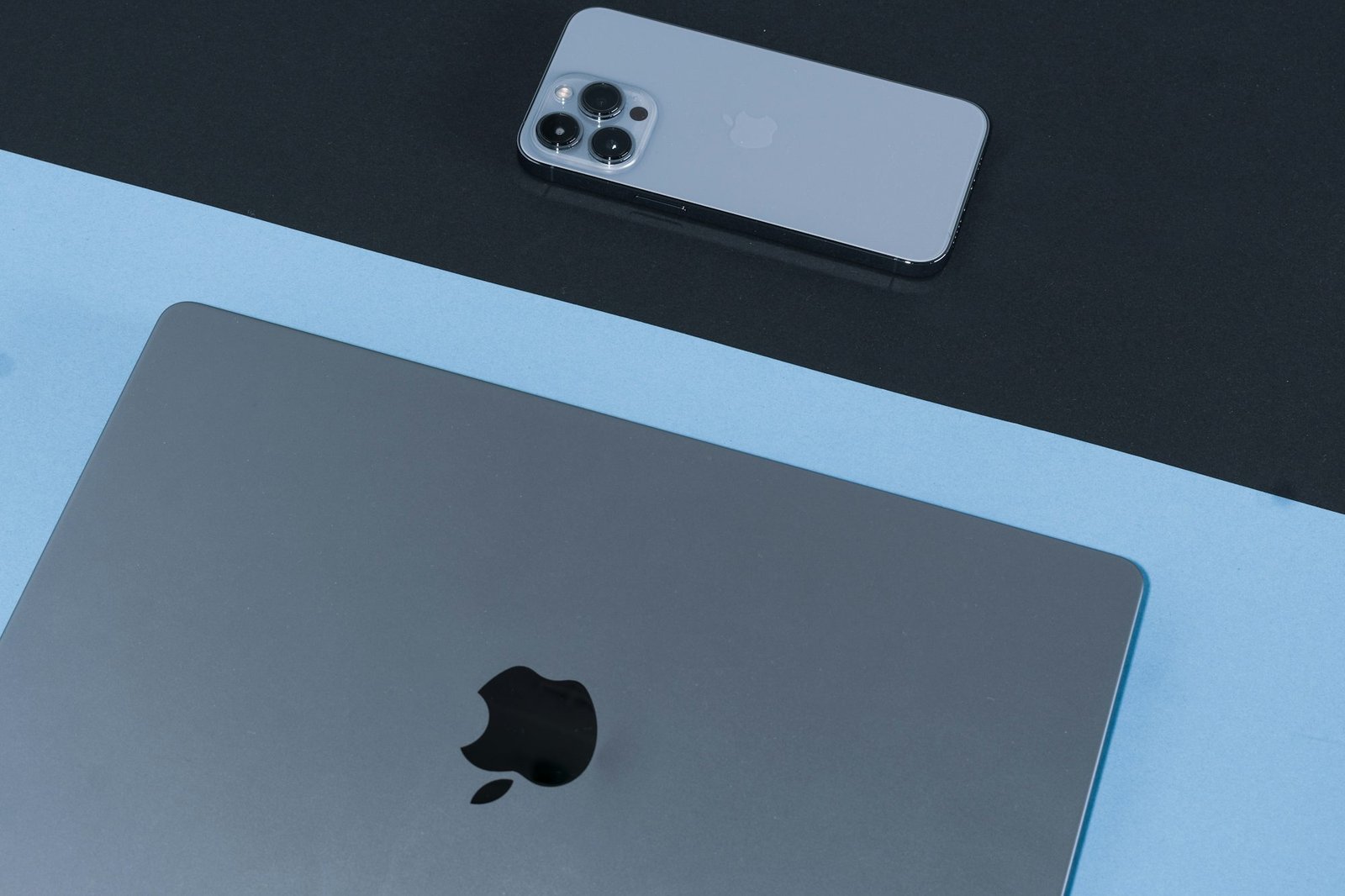
buytera.blog
1. The Rise of Smart Devices
One of the most significant trends in consumer electronics is the rise of smart devices, which integrate technology into everyday products to enhance functionality and user experience.
Smart Home Technology
Smart home devices are at the forefront of this movement, with products designed to automate and control various aspects Wholesale of home life. From smart speakers like Amazon Echo and Google Home to smart thermostats and security cameras, these devices offer convenience and improved efficiency. Homeowners can now control lighting, temperature, and even appliances from their smartphones or through voice commands, making home management simpler and more intuitive.
Wearable Technology
In addition to smart home Customer Seller devices, wearable technology is gaining traction. Fitness trackers, smartwatches, and health monitors are becoming increasingly popular as consumers seek ways to integrate technology into their health and wellness routines. Devices like the Apple Watch and Fitbit provide users with real-time health data, helping them track fitness goals, Distributor monitor heart rates, and even manage stress levels. This trend emphasizes the growing importance of health and wellness in technology, with consumers looking for ways to stay connected and informed about their physical well-being.
2. Enhanced Connectivity and the Internet of Things (IoT)
The Internet of Things (IoT) is a key driver of innovation in consumer electronics, enabling devices to communicate and share data seamlessly.
Interconnected Devices
As more devices become IoT-enabled, the potential for enhanced connectivity expands. Smart refrigerators can now track grocery inventories, while smart ovens can be controlled remotely. This interconnectedness allows for improved efficiency and convenience, making everyday tasks more manageable. For instance, a user can preheat their oven on the way home from work, ensuring dinner is ready upon Supply arrival.
Data-Driven Insights
Moreover, the data generated by these connected devices provides valuable insights into consumer behavior. Companies can analyze this data to improve products and services, tailoring them to meet the evolving needs of users. For example, smart home systems can learn from user habits and adjust settings automatically, creating a personalized experience that enhances comfort and efficiency.
3. Advancements in Audio and Visual Technology
Audio and visual technology continues to evolve, transforming the way we consume media and experience entertainment.
Immersive Audio Experiences
The demand for immersive audio experiences has led to innovations in sound technology. Brands are developing high-fidelity speakers, soundbars, and headphones that deliver superior audio quality. Products like the Sonos One and Bose SoundLink series exemplify how companies are prioritizing sound performance, creating rich and engaging audio environments for users. Furthermore, advancements in spatial audio technology allow listeners to experience sound in three dimensions, enhancing immersion in music, movies, and gaming.
4K and Beyond: Visual Technology
On the visual front, Import 4K and 8K televisions are becoming mainstream, providing stunning picture quality that enhances the viewing experience. High Dynamic Range (HDR) technology is also gaining popularity, delivering brighter highlights and deeper contrasts for a more vibrant visual experience. Brands like LG and Samsung are pushing the boundaries of display technology, making home entertainment more captivating than ever.
4. Sustainability in Consumer Electronics
As awareness of environmental issues grows, sustainability has become a key focus in the consumer electronics industry.
Eco-Friendly Innovations
Manufacturers are increasingly prioritizing eco-friendly materials and sustainable production practices. Many companies are committing to reducing e-waste by designing products that are easier to recycle and repair. Brands like Dell and Apple have launched initiatives aimed at creating a circular economy, where materials are reused and recycled rather than discarded. This commitment to sustainability resonates with consumers who are becoming more conscientious about their purchasing decisions, leading to a demand for greener electronics.
Energy Efficiency
Moreover, energy-efficient devices are gaining popularity as consumers look to reduce their carbon footprints. Smart plugs, energy monitoring systems, and appliances with high energy ratings help consumers manage their energy consumption, contributing to both cost savings and environmental responsibility. By investing in energy-efficient products, consumers can enjoy advanced technology while minimizing their impact on the planet.
5. The Role of Artificial Intelligence
Artificial intelligence (AI) is revolutionizing consumer electronics by enabling smarter, more intuitive devices.
AI-Powered Assistants
Virtual assistants like Amazon's Alexa and Apple's Siri have become integral to many consumers' lives, providing hands-free control and information access. These AI-powered assistants can perform tasks, answer questions, and even control other smart devices, making them valuable companions in daily life. The continued development of natural language processing and machine learning is enhancing their capabilities, allowing them to understand and respond to user commands more effectively.
Personalized User Experiences
AI is also being used to create personalized user experiences. Devices that learn from user interactions can offer tailored recommendations and insights, improving overall satisfaction. For example, streaming services like Netflix use AI algorithms to suggest content based on viewing history, creating a more engaging experience for users. This personalization not only enhances user engagement but also fosters brand loyalty as consumers feel understood and valued.
Conclusion: The Future of Consumer Electronics
The future of consumer electronics is bright, with innovation and technology shaping a new era of products that enhance everyday life. The rise of smart devices, enhanced connectivity, advancements in audio and visual technology, sustainability efforts, and the integration of AI all contribute to a dynamic landscape that is continually evolving.
As consumers become more tech-savvy and environmentally conscious, companies must adapt to meet their needs. By embracing these trends and prioritizing quality, functionality, and sustainability, brands can position themselves for success in an increasingly competitive market. The possibilities for consumer electronics are vast, promising a future where technology not only simplifies our lives but also enriches our experiences.